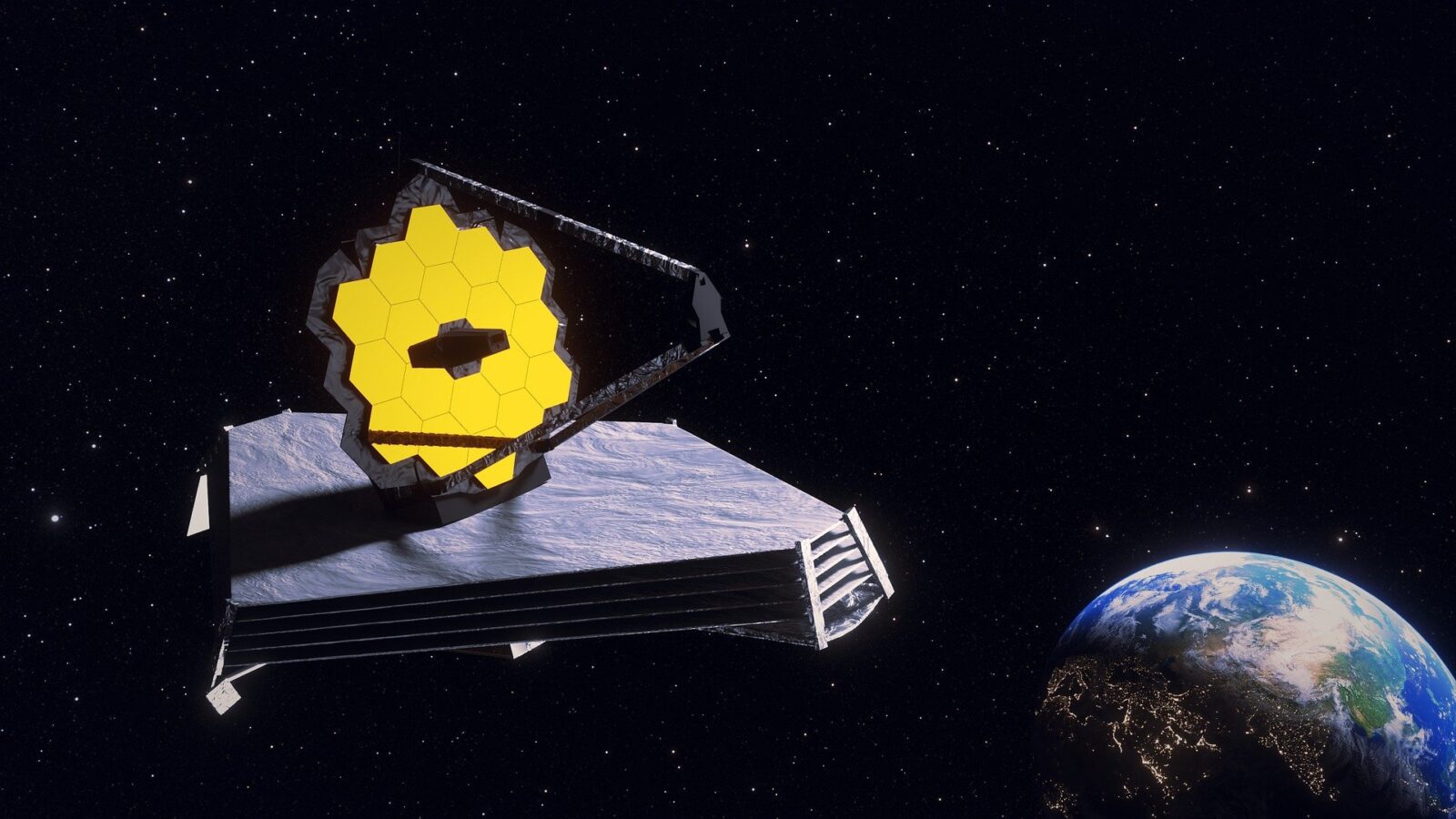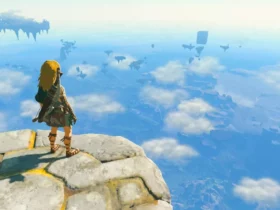The James Webb Space Telescope is maintaining its focus on our own cosmic ‘backyard’: the Solar System. After revealing the first images of Mars, as well as detailed photos of Jupiter, the next-gen telescope has now unveiled a new photo of the farthest planet from the Sun: Neptune.
Not everybody knows that similar to Jupiter and Saturn, Neptune also has rings of rocks and dust. Considering how far away Neptune is compared to other planets, it can be a bit more difficult to admire the farthest planet in the Solar System in all its beauty. But thankfully, that’s not the case for NASA’s James Webb Space Telescope.
The clearest image of Neptune in over three decades
Astronomers have now caught the clearest view of Neptune since 1989, thanks to James Webb. It was thanks to the Voyager 2 spacecraft of NASA that scientists were able to take another close look at Neptune. Last year, the Hubble Space Telescope also looked at the remote planet, but its beautiful rings weren’t spotted.
The infrared imaging capabilities of James Webb made it possible to unveil the majesty of the farthest planet from the Sun in all its glory. The rings are more reflective in infrared, which is why they become a lot clearer:
In a new image taken by the Webb telescope, Neptune's rings are distinctly visible, and the planet resembles "a pearl with ethereal concentric ovals around it." pic.twitter.com/BQdvKN97LT
— IGN (@IGN) September 21, 2022
James Webb also captured seven of the 14 moons that orbit Neptune: Triton, Despina, Proteus, Larissa, Galatea, Naiad, and Thalassa.
Mark McCaughrean, who is a senior adviser for science and exploration from the European Space Agency (ESA), s,aid as The Guardian quotes:
The kind of astronomy we’re seeing now was unimaginable five years ago,
Of course, we knew that it would do this, we built it to do this, it is exactly the machine we designed. But to suddenly start seeing things in these longer wavelengths, which were impossible before … it’s just absolutely remarkable.
Planet Neptune needs 164 years to complete a full orbit around the Sun.












Leave a Reply